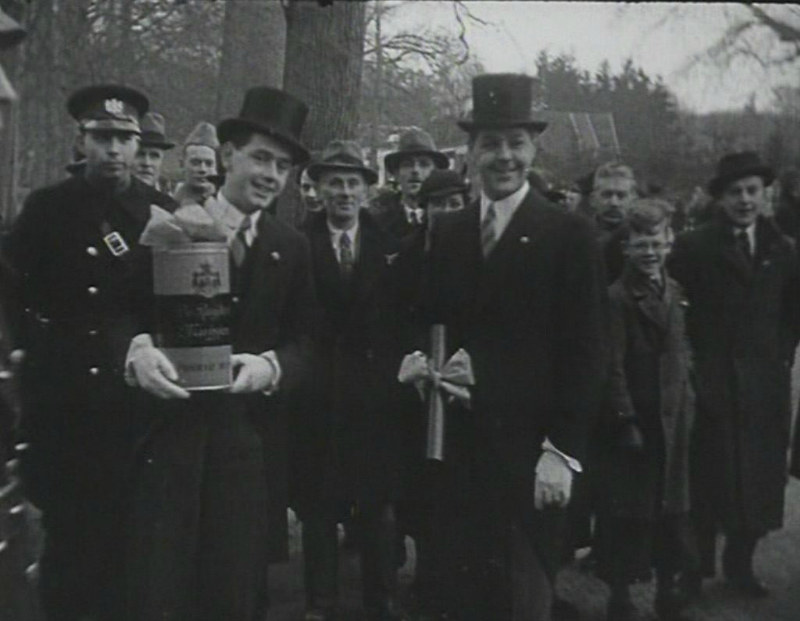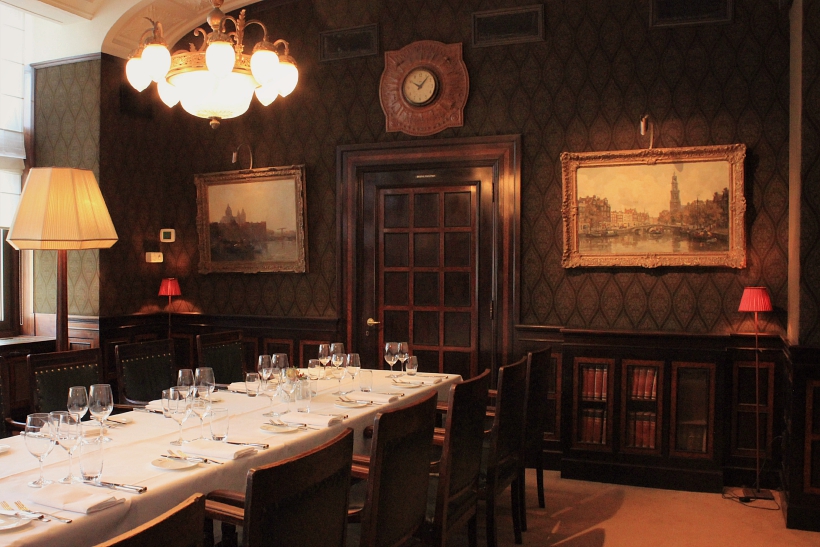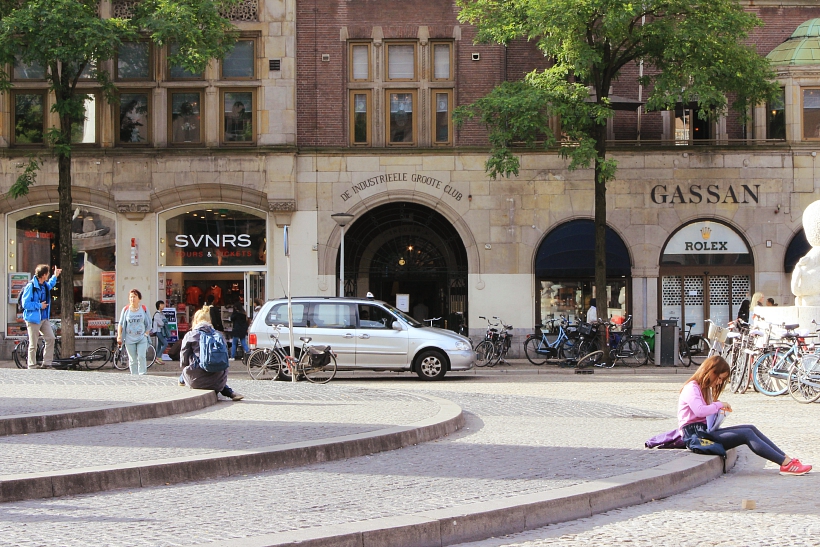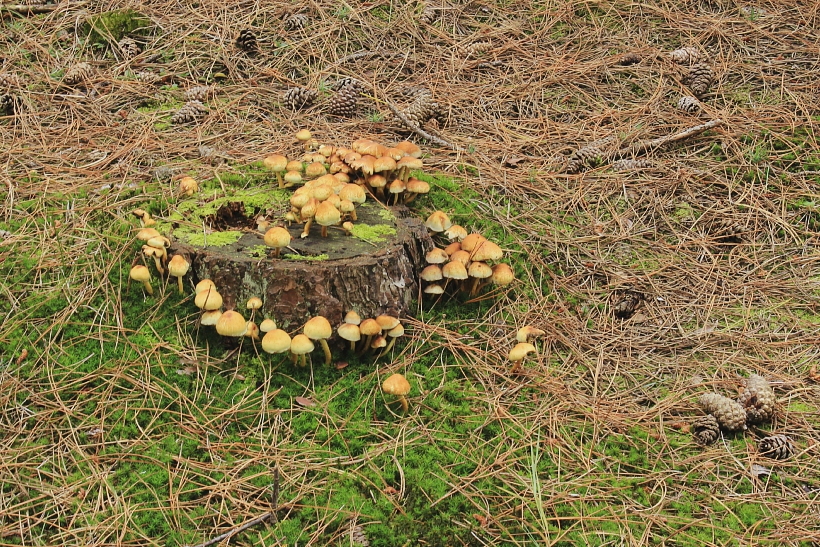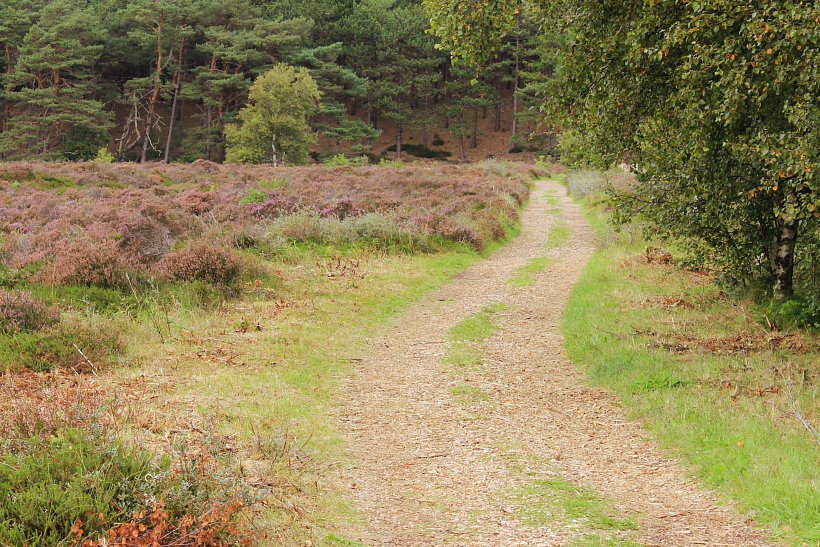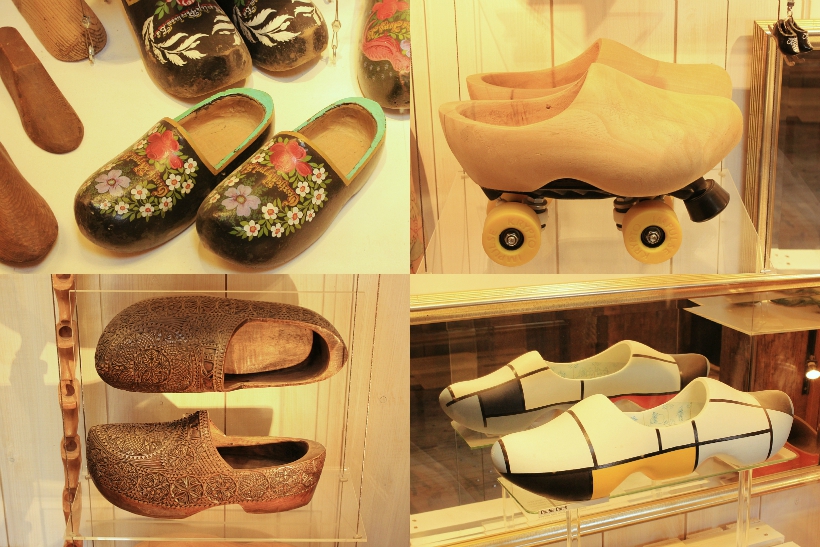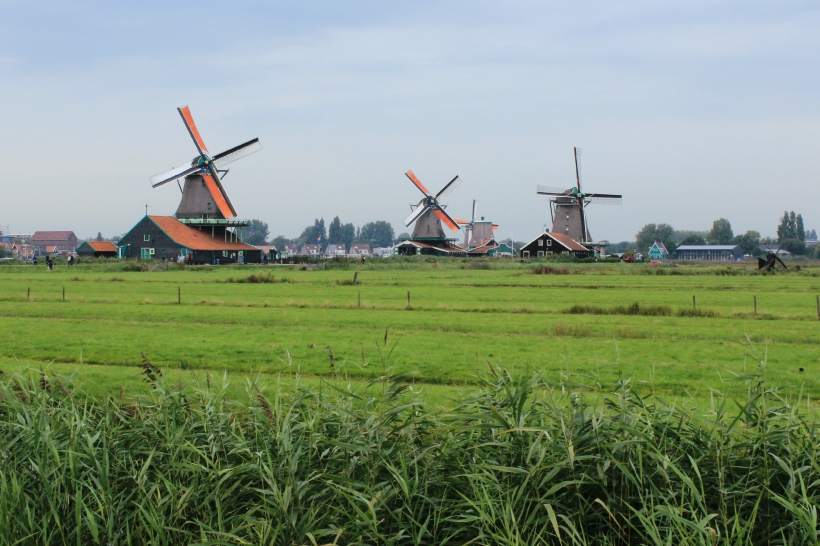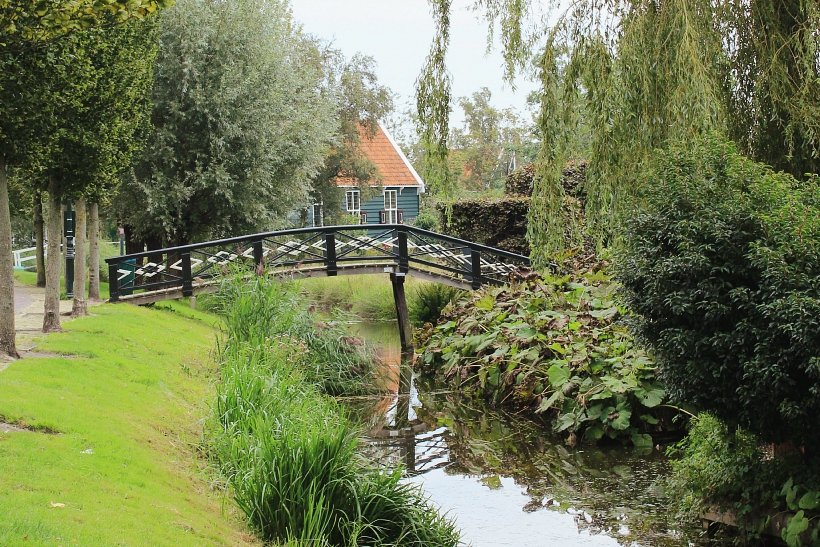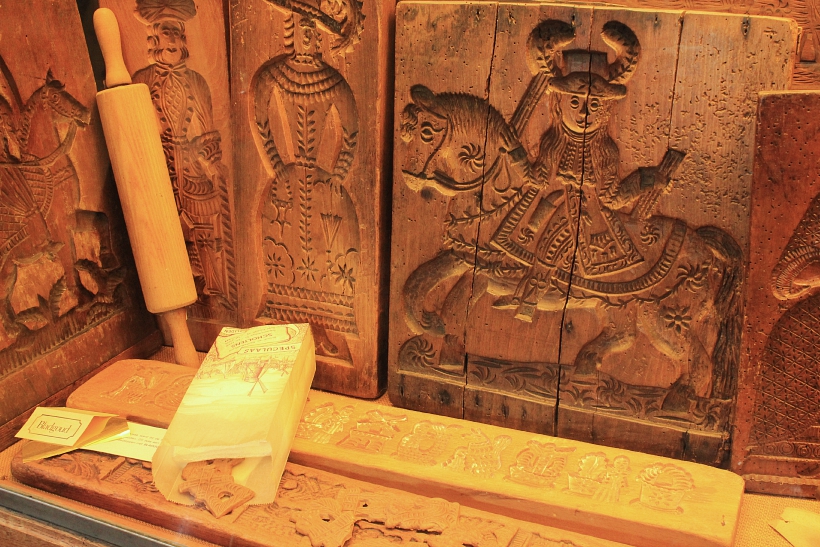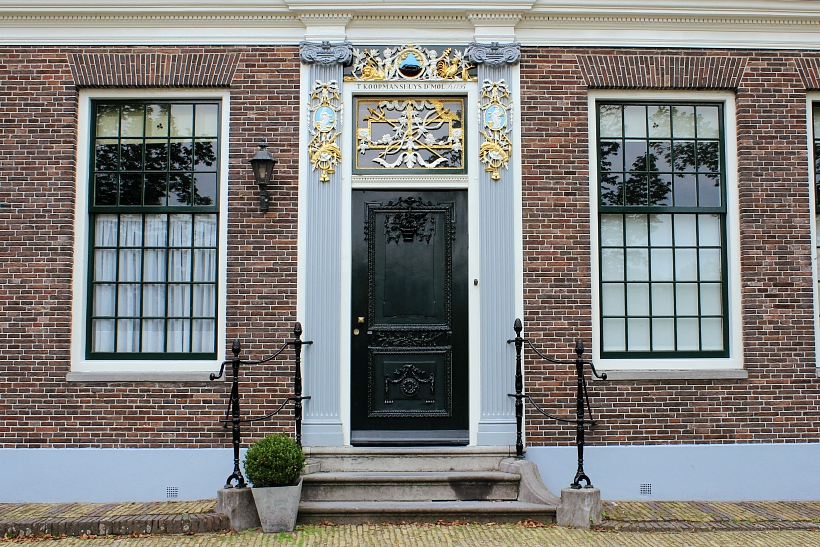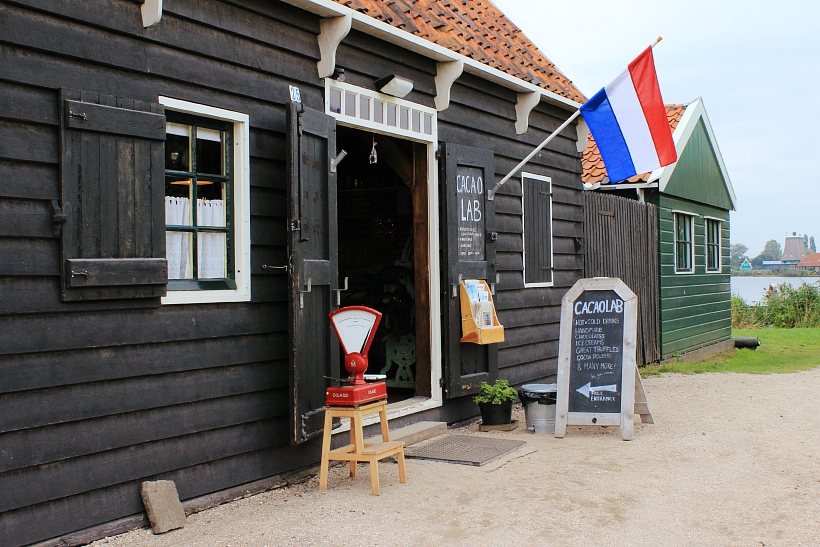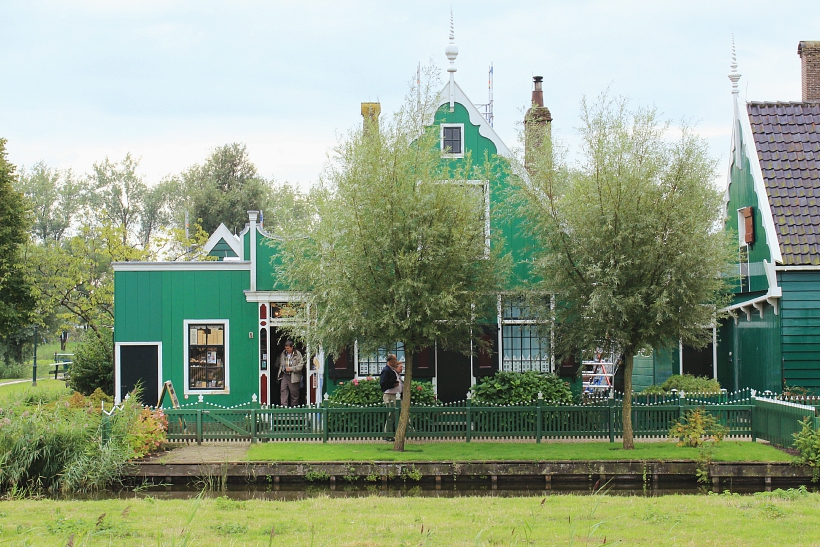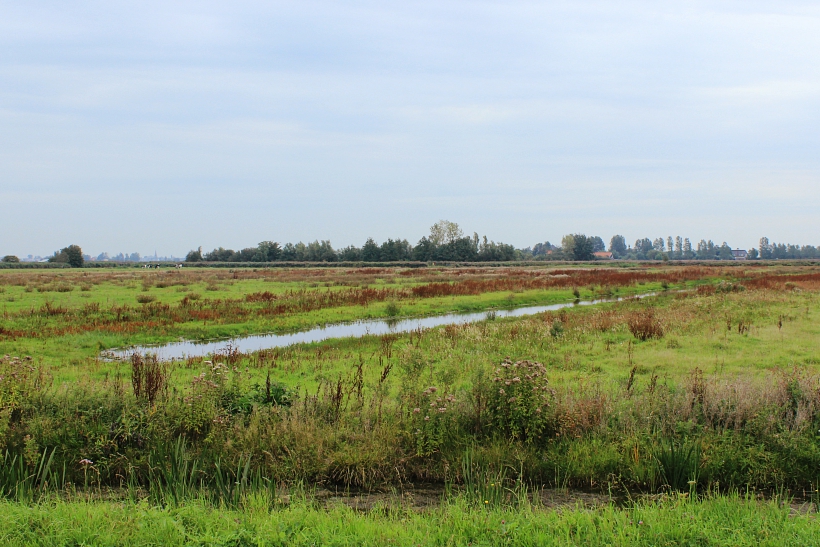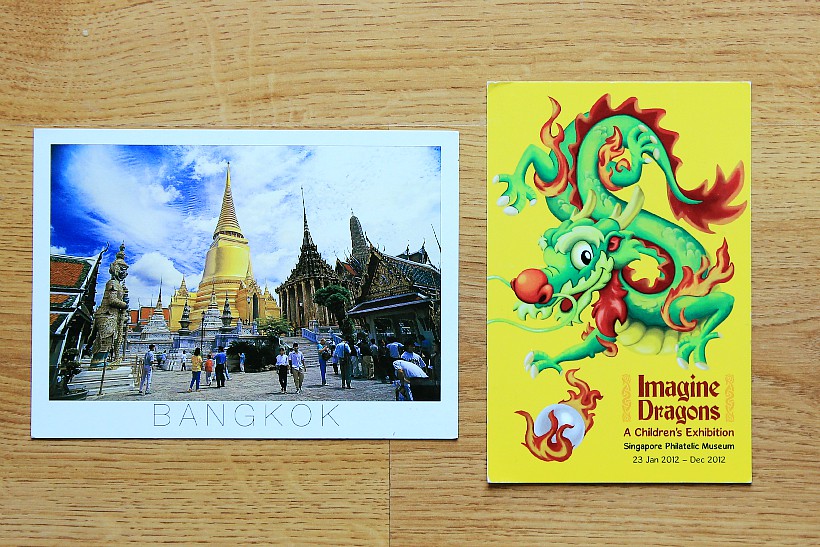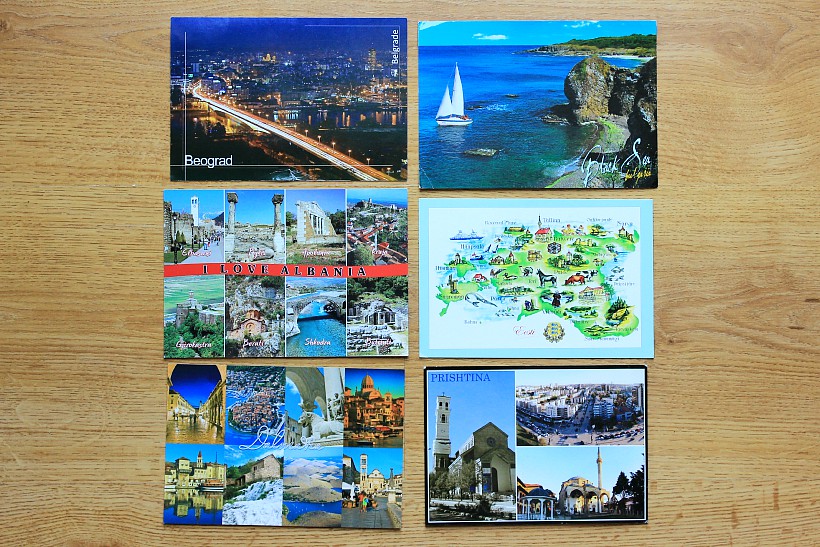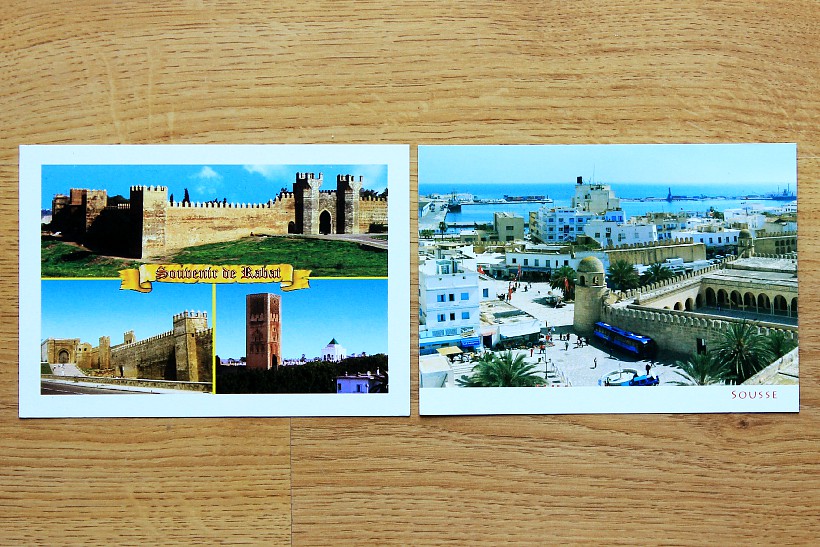***
In the majority of Dutch kitchens on one of the shelves you can definitely find a vast collection of local confectionery known as hagelslag. It's the hail storm as Dutch hagel means hail and neerslag is precipitation. What hail is that! In fact these are small long grains, quite similar to the cake sprinkles we know but much softer. Some children and also adults have them for breakfast. However, children in my host family from Amsterdam have them as a sweet snack after school between lunch and dinner. So the time of eating varies. It all really depends on the particular household. Without a doubt this is Dutch culinary phenomenon which you will learn a lot about today.
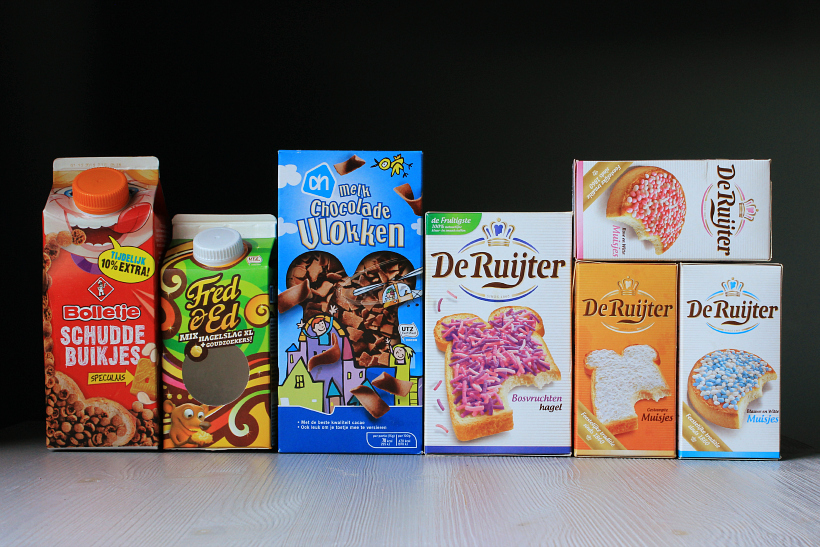
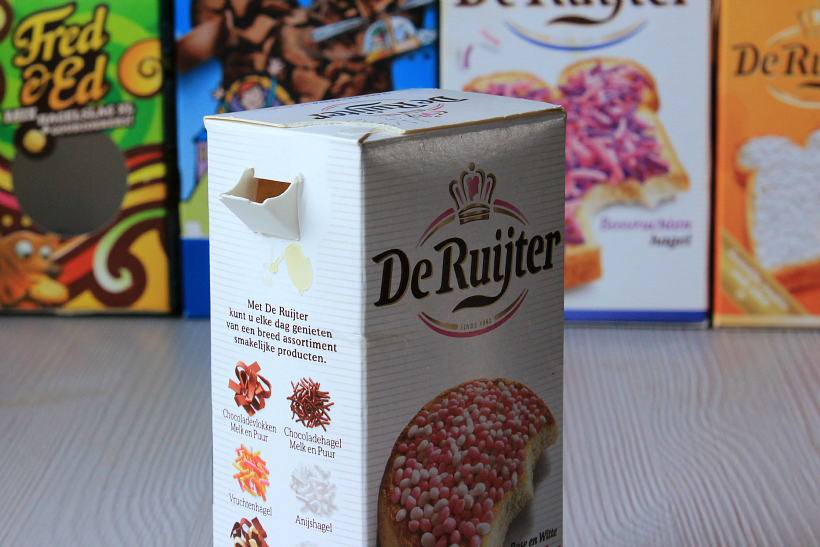
Skoro wiemy już, że hagelslag istnieje, to czas na przygotowanie kanapki. Wybieramy sucharek lub kromkę chleba, którą smarujemy masłem, tak aby posypka nie spadała podczas jedzenia. A jeżeli już mowa o pieczywie, to czas wspomnieć kolejny holenderski przysmak - tijgerbrood, czyli chleb tygrysi. Jest to chleb z charakterystycznie popękaną skórką, która pęka, bo wierzch chleba smarowany jest przed pieczeniem pastą ryżową. I tak, upieczony bochenek ma kruchą skórkę i miękki środek.
***
Since we know what hagelslag is, it's time to prepare a sandwich. First, let's choose a cracker or a slice of bread. Then put some butter on it so our sprinkles will stay on top while eating. Speaking of bread, I should mention another Dutch food - tijgerbrood or tiger bread. It's a type of bread with cracked skin like a tiger fur. A surface cracks because some rice paste is spread on top of the bread before baking. This way a baked loaf has a crispy crust and is soft inside.
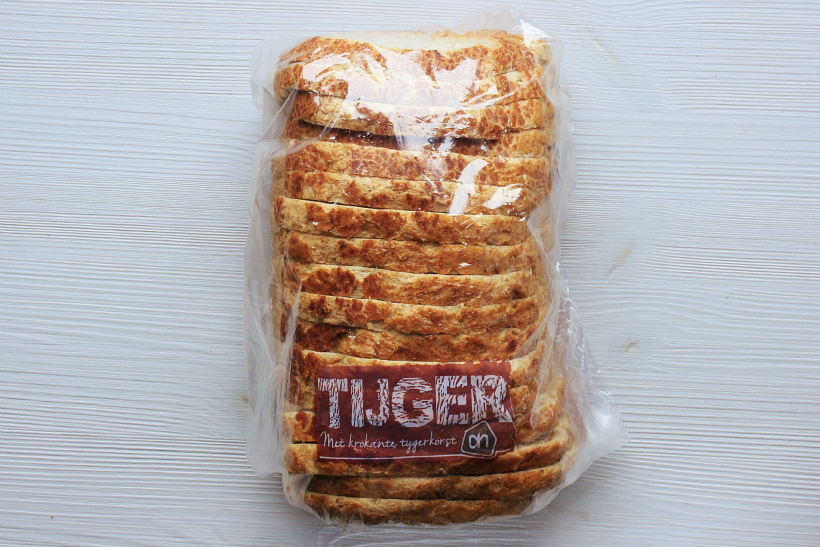
Jednakże do grupy holenderskich posypek kanapkowych należą też vlokken oraz muisjes. Vlokken, czyli po holendersku płatki, to posypka w kształcie płatków, zaś muisjes, czyli myszki, to nasiona anyżu pokryte białym, niebieskim lub różowym lukrem. A myszkami nazywają się dlatego, że czasem łodyżka nasiona anyżu (tak jak przy cyfrze 1 na zdjęciu poniżej) wychodzi poza lukrową kulkę i tworzy ogon (tak jak przy cyfrze 2 na zdjęciu poniżej), jak u myszy. I to właśnie od beschuit met muisjes, czyli sucharka z myszkami, zaczęła się holenderska tradycja posypek na kanapki. Muisjes w takiej postaci jaką znamy teraz powstały w 1860 roku. Zgodnie z tradycją podaje się je gościom przy świętowaniu narodzin dziecka. Dlaczego akurat wtedy? No cóż, na to pytanie jest mi trudno odpowiedzieć. Jedyną informacją jaką znalazłam jest ta, iż znany od średniowiecza anyż postrzegano jako środek dobry dla kobiet karmiących piersią.
***
However, vlokken and muisjes also belong to the group of Dutch sandwich sprinkles. Vlokken - flakes in Dutch are flake-shaped sprinkles and muisjes - mice in Dutch are aniseeds covered with white, blue or pink icing. The mice are called that because sometimes aniseeds' stem (check number 1 in the picture below) goes beyond the main icing drop and creates a little tail (check number 2 in the picture below) as mice have. The whole Dutch sandwich sprinkles tradition originated from beschuit met muisjes which is a cracker with mice. Muisjes in the form we know nowadays were created in 1860. According to tradition, they are served to the guests when a baby is born. Why? Well, it's quite difficult for me to answer this question. The only information I found is that aniseeds were known since the Middle Ages to be good for breastfeeding women.
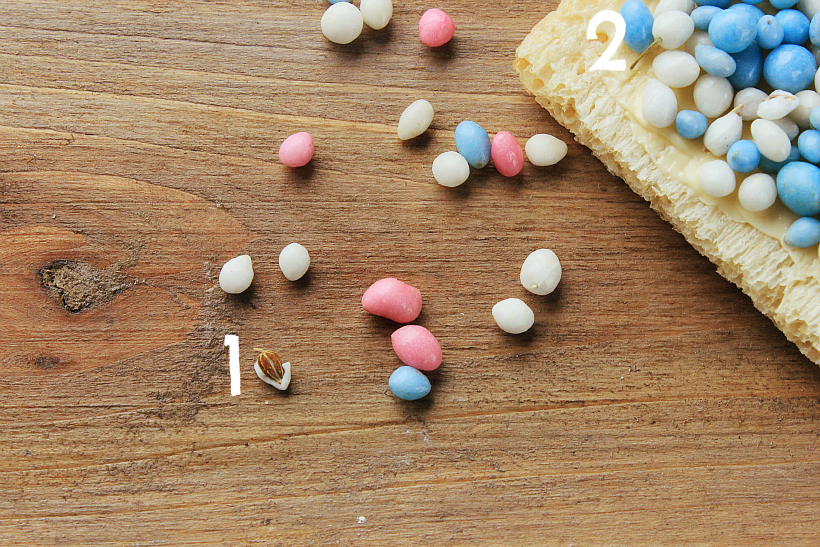

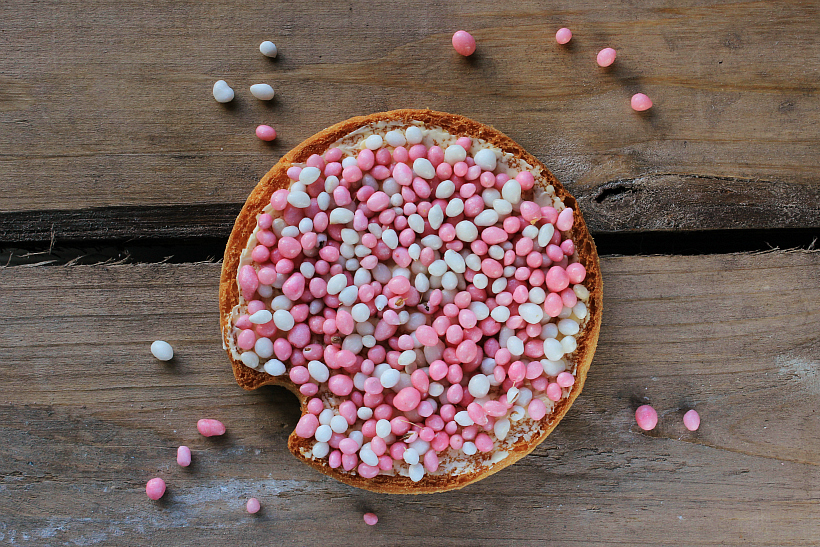
W 1938 roku, gdy urodziła się księżniczka Beatrix, zostały wyprodukowane specjalne pomarańczowe myszki - oranjemuisjes. Na poniższym filmie spójrzcie na fragment od 3:24 do 4:22, w którym dzieci w szkole częstowane są beschuit met oranjemuisjes w 1938 roku z okazji narodzin księżniczki Beatrix. A na zdjęciu pod filmem, pan trzymający prezent, to nie kto inny jak potomek pana de Ruijter, który przyszedł wręczyć rodzinie królewskiej pomarańczowe myszki z okazji narodzin księżniczki. Cóż za chwyt marketingowy! Na drugim zdjęciu poniżej widać jak król Bernhard z córkami Margriet, Beatrix i Irene zajadają się sucharkami z myszkami.
***
In 1938 when Princess Beatrix was born, they produced special orange sprinkles - oranjemuisjes.
In the following video have a look at a moment between 3:24 and 4:22 in which children at school are treated to rusks with orange sprinkles 1938 because of Princess Beatrix birth. In the picture below the film, a man holding a gift, is the descendant of de Ruijter who gave a box of orange sprinkles as a gift to the royal family because of the birth of a new princess. In the second picture below you can see King Bernhard with his daughters Margriet, Beatrix and Irene while eating rusks with sprinkles, probably orange.
Według Archiwum Miejskiego Amsterdamu pierwszy hagelslag powstał dopiero w 1919 roku i miał smak anyżku. Na czekoladową posypkę Holendrzy czekali aż do 1936 roku, wtedy zaczął produkować ją Venz. Obecnie w sprzedaży dostępne są różne smaki: czekoladowe, owocowe, o smaku pierników korzennych, czy też zwyczajny cukier puder o smaku anyżu. I w ramach małej powtórki, na zdjęciach poniżej możecie zobaczyć hagelslag, vlokken oraz muisjes. Zaś na ostatnim zdjęciu te okrągłe, brązowe to schudde buijkes, czyli ta odmiana o smaku korzennym, a zarazem moja ulubiona. To tyle na dzisiaj! Dajcie znać, czy słyszeliście o posypkach, a może próbowaliście. Jak wrażenia?
***
According to the Amsterdam City Archive the first hagelslag was produced in 1919 and it had a taste of aniseed. Dutch people had to wait for chocolate sprinkles until 1936 when Venz started producing it. Nowadays they are available in so many flavours: chocolate, fruit, gingerbread or even an aniseed-flavoured caster sugar. To recap in the pictures below you can see hagelslag, vlokken and muisjes. The last photo you can see those round brown sprinkles called schudde buijkes. They taste like gingerbread and are also my favourite ones. That's it for today! Let me know if you've heard about Dutch sprinkles or even tried. How was it?
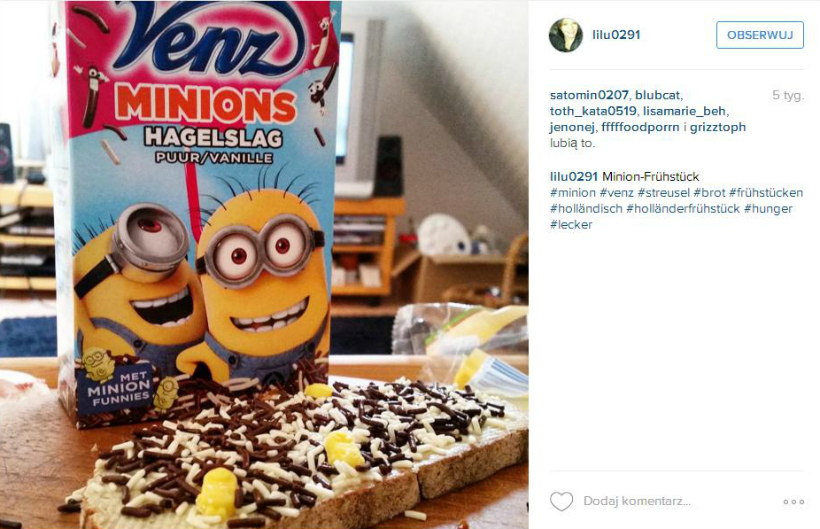
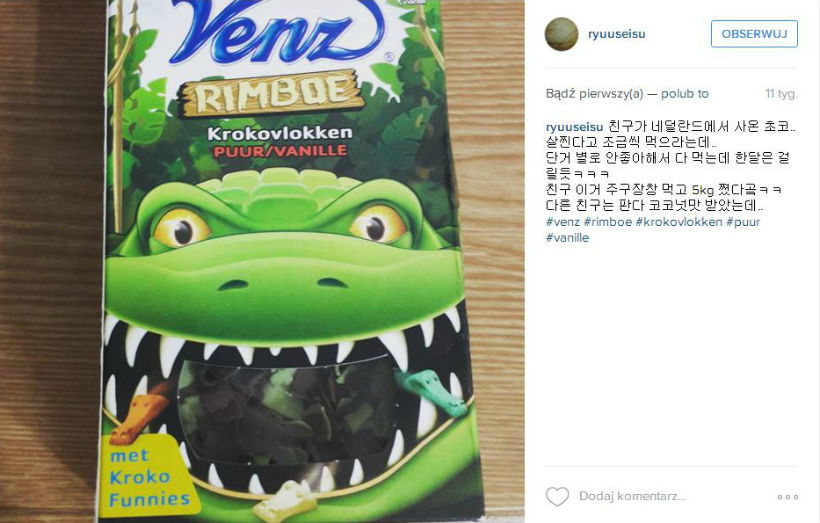
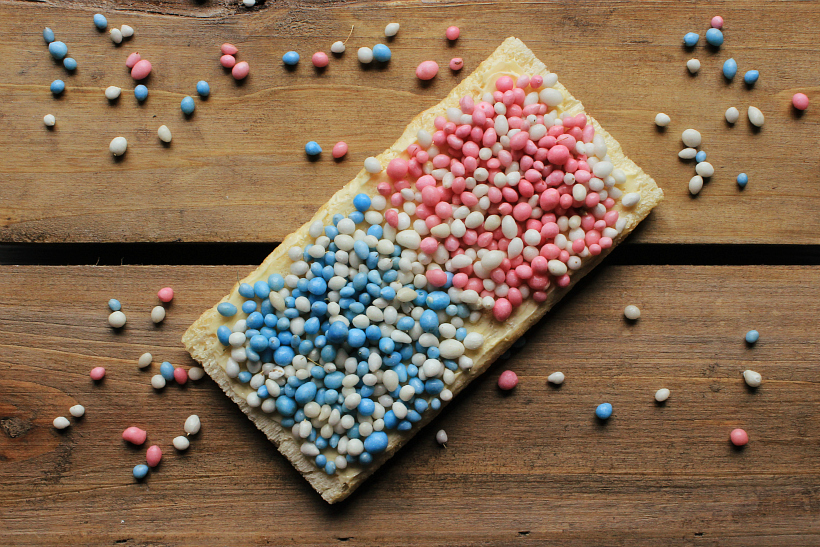
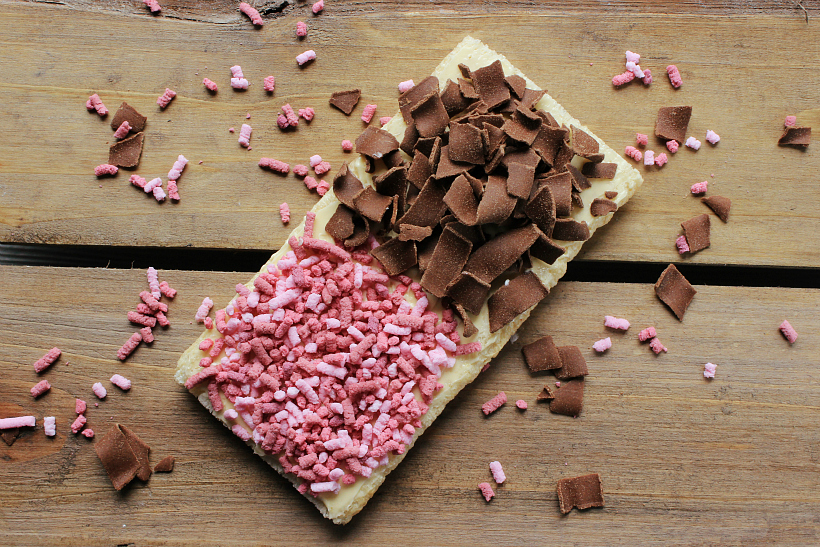
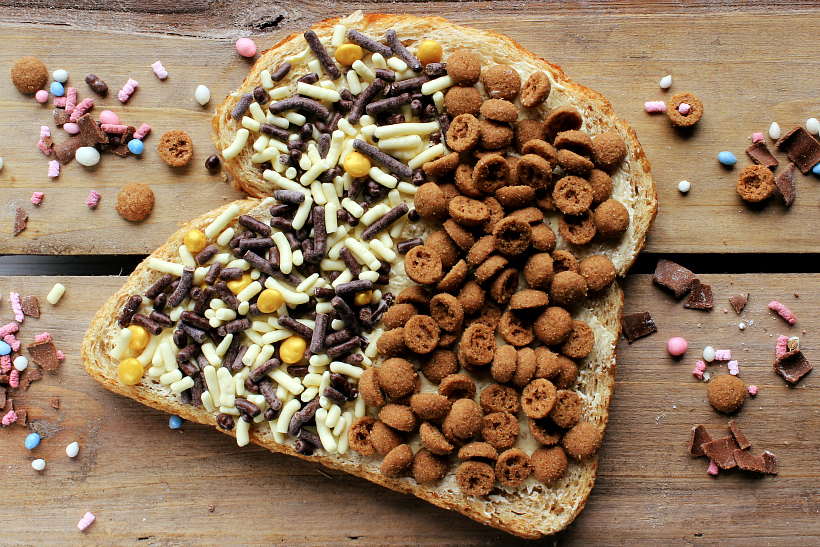
_____
http://dutchfood.about.com/od/h/fl/Hagelslag-Definition-History-amp-Uses.htm
http://stuffdutchpeoplelike.com/2011/03/06/hagelslag/
http://www.wisegeek.com/what-is-tiger-bread.htm
http://dutchcommunity.com/2014/04/02/the-history-of-hagelslag/



